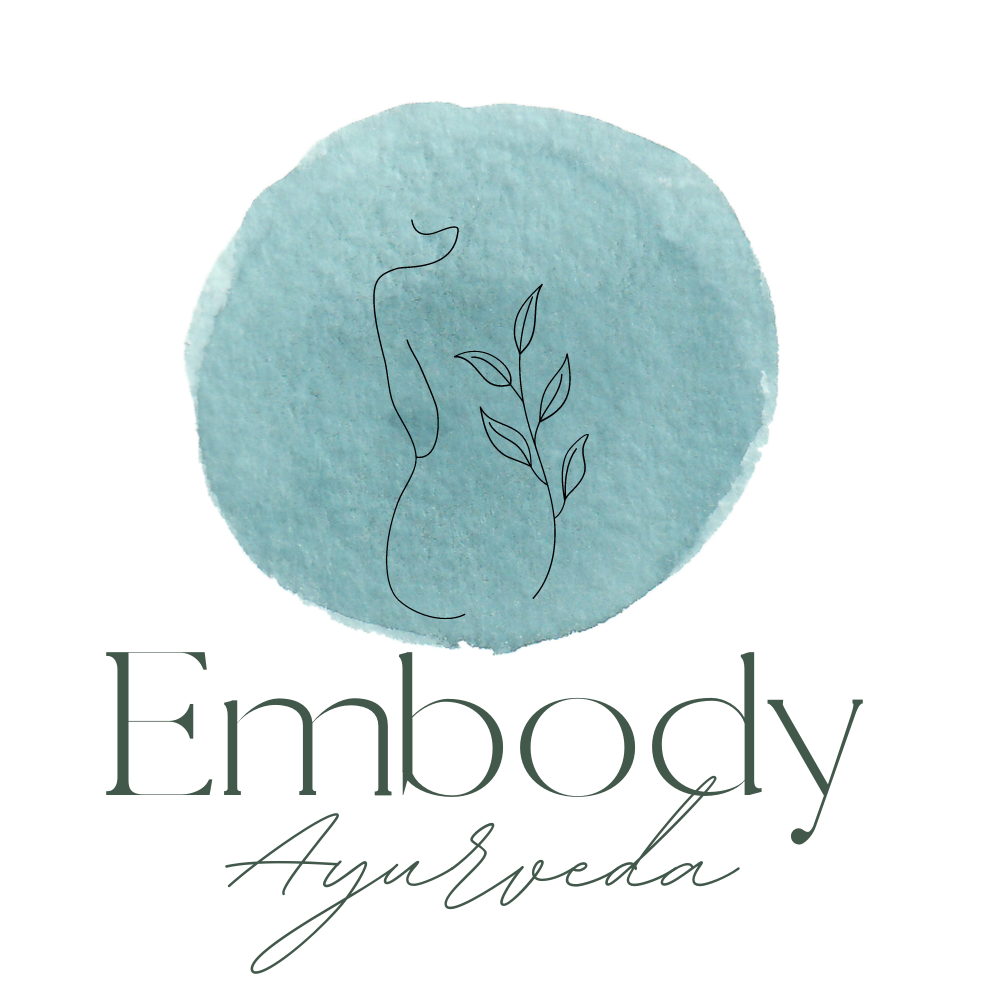How Pole Dance Can Help With Anxiety and Depression
Pole dance has been one of the most empowering ways for me to get into my body, find community, and let go. Not only is it a way for women to express a side of themselves, for themselves, that doesn’t have much of a home anywhere else but the dance studio.
Plus, it’s incredibly, deliciously, almost unjustifiably fun.
What I love so much about it is it combines two of my favorite things; sensual expression and athleticism. You can go from soft, lyrical choreography to power moves and acrobatics all within one routine.
I think these are some of the reasons that pole is becoming more and more popular; how many places to women get to be playful, silly, and sexy all at the same time, and without having to perform or look good for someone else?
And don’t even get me started on pole outfits (slightly addicted).
Beyond this, I’ve also found a pole to have a major effect on my anxiety and depression. There are several reasons for this.
Want a sampling of what Embody Ayurveda has to offer?
Get a taste with the free Sweet Nothings e-course, delivered directly to your inbox.
It offers tips to slow down, get present, savor the moment, and experience life as the sweet gift that it is.
Getting Present
Body-based arts get you out of your head. When you are required to connect to your body to perform precise movements that are spontaneous or unfamiliar, you are engaging an entirely different region of the brain compared to when you are performing rote movements like walking, biking, or even doing a vinyasa yoga routine that you’ve done a million times before.
It’s almost impossible to worry about something or focus on the negative when you are so fully engaged and present in your body. Because the thoughts and feelings that feed anxiety and depression are not “now”-based, doing anything to get into the now take their power away.
Hanging upside down eight feet above the ground gets you present real quick.
Engaging the Sensory-Motor System
Spinning around on a pole has a major impact on proprioception, or the function of the brain that controls balance, coordination, and agility.
Proprioception tells us where we are in space, which is why children with dysregulated nervous systems or Sensory Processing Disorder often bump into things or people. They are seeking the sensory input that will tell their system beyond all doubt where the limits of their environment are.
Adults who are experiencing anxiety and depression can often have dysregulated nervous systems as well, though they are much better at hiding it than kids are.
The spinning, flipping, and general upside-downness of pole dance also have a major impact on the vestibular system, which is responsible for our sense spatial orientation. It originates in the inner ear and affects our hearing and eyesight. This is why children with nervous system dysregulation or Autism often “stim” with eye movements; their vestibular systems aren’t in balance, and they are seeking the external input to bring them back into harmony.
Because depression can actually be understood as the shrinking or inflammation of the brain, it makes sense that hanging upside down would be helpful. We are bringing extra oxygen and blood flow to an area that needs it. When we spin, we are stimulating the proprioceptive system, the vestibular system, and the occiput — which literally control how we see the world.
Depression is like a dark cloud cast over the world, at least in part because our sensory systems are delivering false information to the brain.
It Hurts to Heal
Although I love to dance and pole with a passion, the healing process that it has sparked in me is not always pleasant. There have been many times after a session where I was essentially hanging upside down for an hour that I found myself with a migraine, or needing a deep sleep, or ravenously hungry, or need a good cry.
This is somewhat typical after a major workout, but it’s also a sign of powerful healing.
When these subtle systems in the body are healing, it’s extremely difficult to predict when, where, and how it will happen. And because the brain is primarily fed by healthy fat, healing these systems seems to bring on major cravings for foods like avocado, cheese, and potatoes (the latter metabolizes into serotonin).
This healing process has also taught me to balance my hard training with times of soft recovery to avoid pushing myself too far. It always takes both the good and the bad, the yin and the yang, to find balance and really allow healing to take place.
Pole dance is one of many art forms that encourage us to push our limits and literally change our perspective on the world by hanging upside down and spinning around like a top. You’re certain to get a little dizzy, but when you stop and regain your footing, you find yourself literally perceiving the world in a new way.
If you’re interested in trying pole dance, my favorite Berlin-based teacher offers lots of great YouTube tutorials, lessons, and choreo ideas.



